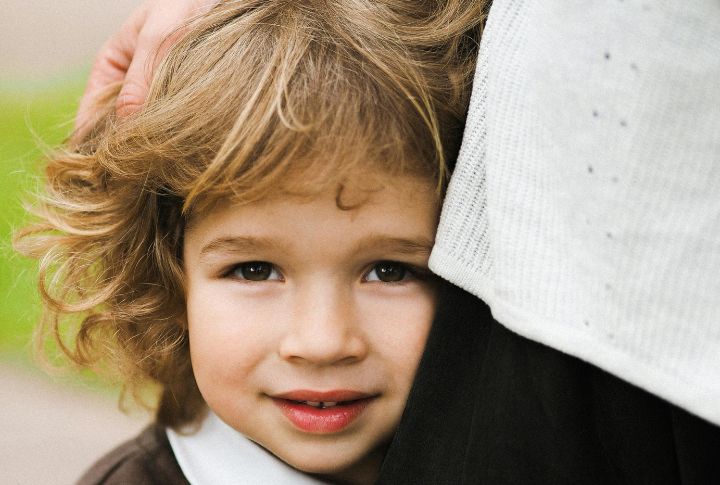
Love shouldn’t hurt, but for some children, it feels unsafe. They reach for connection, then flinch away, caught between instinct and fear. These puzzling reactions often trace back to disorganized attachment—a wound formed early, but not irreversible. Recognizing the signs is the first step toward healing hearts and restoring trust. Let’s break it down into different aspects, and then learn how to start mending it.
Contradictory Behavior Toward Caregivers
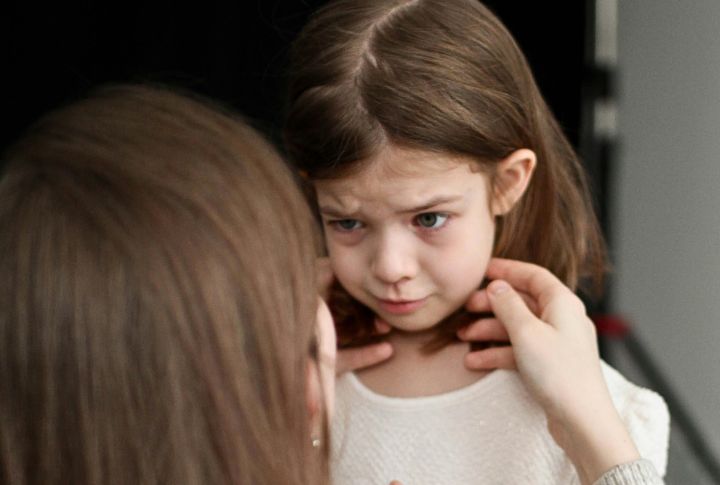
It’s heartbreaking to watch a child torn between love and fear. One moment, they reach out for comfort; the next, they pull away as if burned. Sometimes, they even do both together. This confusing push-and-pull leaves both child and caregiver caught in an emotional maze, unsure how to connect without triggering distress.
Freezing Or Dissociation During Stress
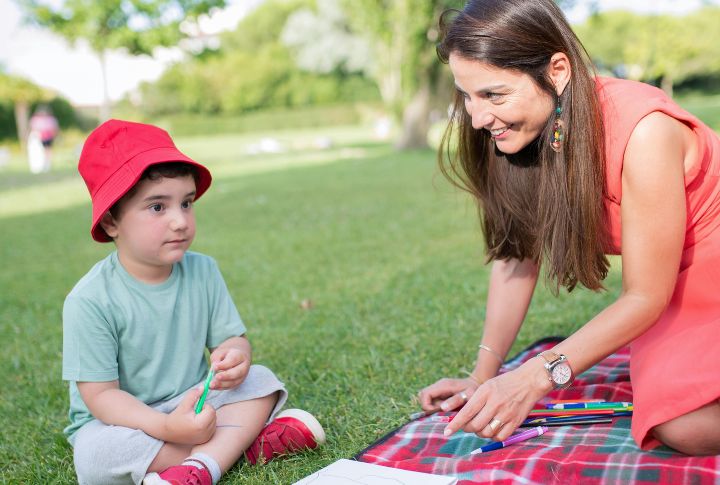
You might notice it during something as ordinary as playtime—a child suddenly stops mid-action, their expression blank, as if the world has paused around them. These frozen moments often become more noticeable during stress. Clinically, this reflects a dissociative response.
Sudden Aggression Without Clear Provocation
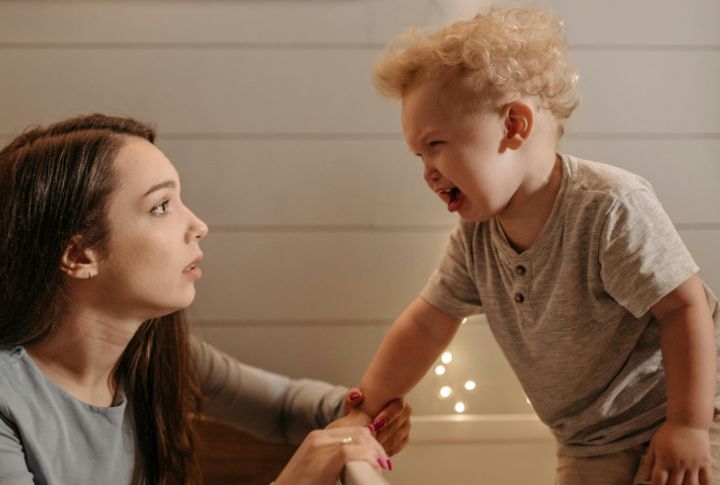
A child might lash out unexpectedly, yelling or hitting without an obvious reason. Beneath this puzzling aggression lies an internal tug-of-war: they crave safety from their parent yet fear that same closeness. The emotional overload short-circuits into sudden outbursts that confuse everyone involved.
Role Reversal In Caregiving Dynamics

Sometimes, the roles quietly switch. Instead of receiving comfort, children step into the caretaker role and offer emotional support to their parents, or take on responsibilities far beyond their years. While this might look mature, it’s a coping mechanism born from disorganized attachment.
Hypervigilance In Safe Environments
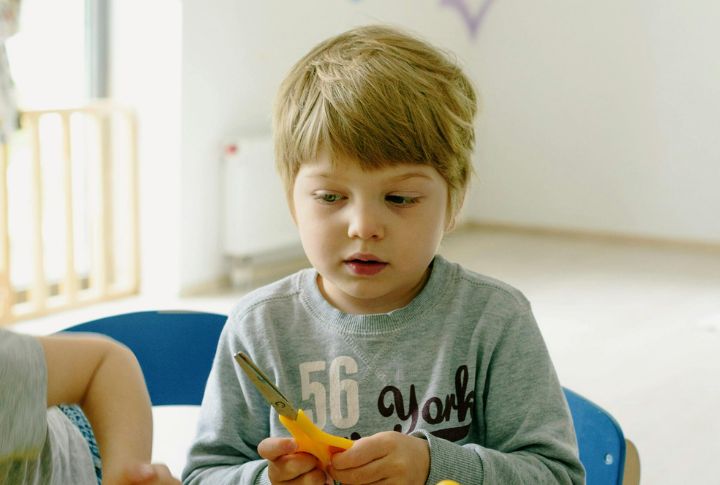
Even in peaceful settings, some children remain on high alert. Their nervous systems have learned that calm doesn’t always last. So, what once was a useful shield against chaos now doesn’t let them rest fully, which traps them in a cycle where safety feels uncertain even when it’s right there.
Disorganized Play Themes
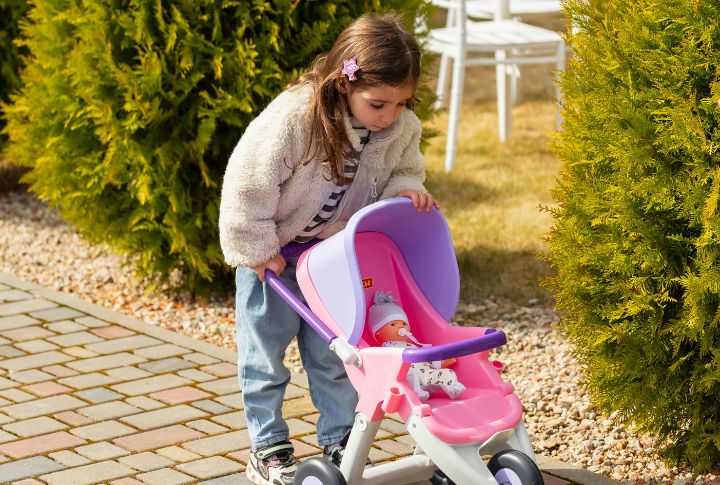
Suppose you notice that a child’s dolls are always lost, frightened, or searching endlessly for home. These disorganized themes mirror the chaos they feel inside. Through play, their emotions speak in symbols, revealing the confusion and fear their minds can’t yet articulate.
Avoidance Of Eye Contact During Vulnerability
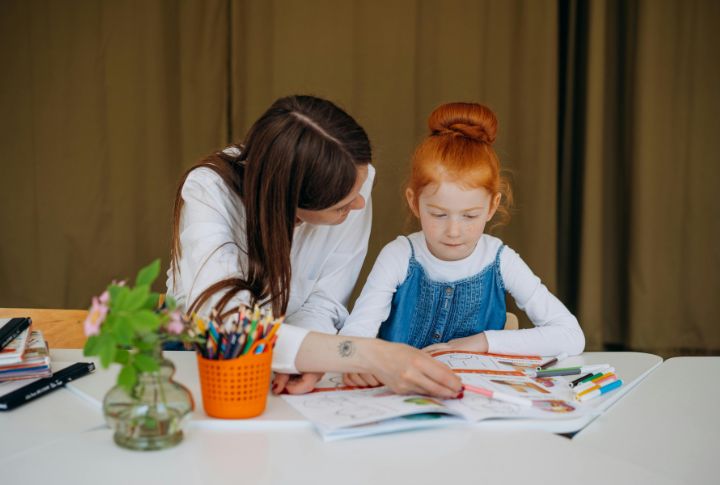
They reach out for comfort but won’t meet your eyes, as if connection itself feels unsafe. Over time, this becomes a familiar pattern. It’s a heartbreaking paradox: wanting closeness but fearing the vulnerability that comes with it. Now, let’s explore the ways to overcome these habits and form healthy attachments.
Establish Predictable Routines
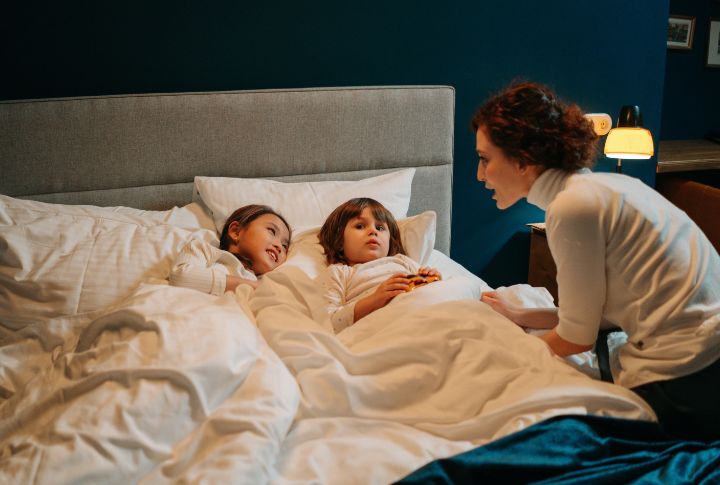
Here’s where healing begins—through structure and rhythm. Simple, reliable rituals like shared mealtimes or bedtime routines act as anchors in an unpredictable world. Each repeated moment of predictability sends the message: “You can count on this.” Gradually, that consistency transforms uncertainty into safety.
Use Co-Regulation Techniques
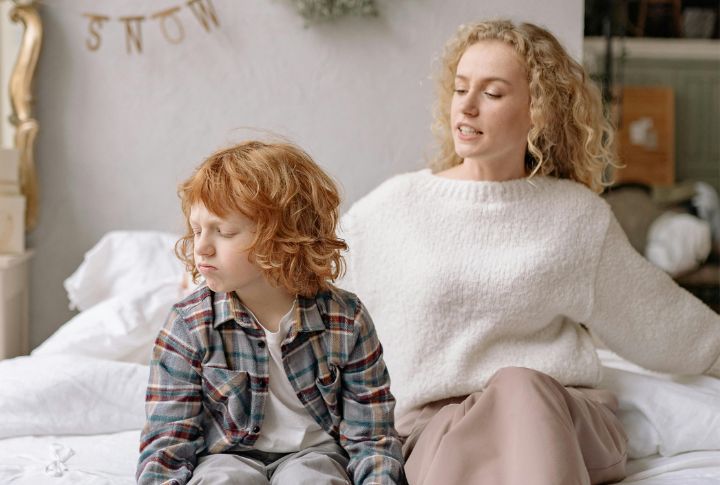
Instead of reacting, adults can model calm by breathing slowly and staying close. These small moments of steadiness teach children how to steady themselves, too. Co-regulation greatly helps the child to learn emotional control through connection, and not correction.
Avoid Punitive Discipline
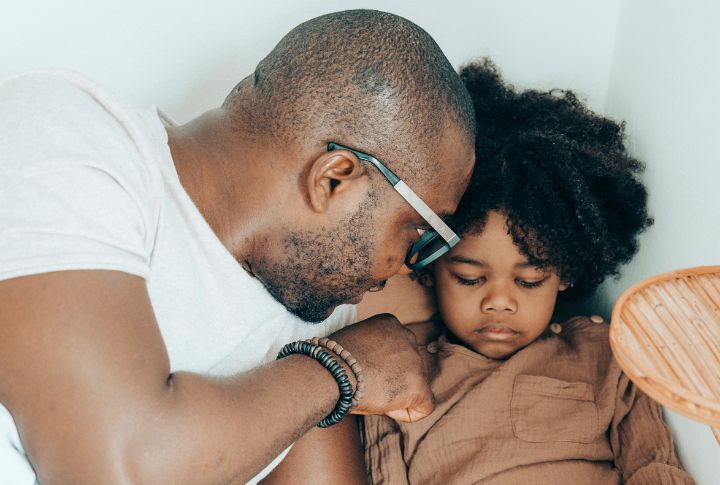
Think of punitive discipline like trying to fix a wobbly table by hitting it with a hammer—it just creates more chaos for kids with disorganized attachment. Instead, gentle and understanding approaches make sure that children feel secure while building their emotional regulation skills naturally and effectively.

